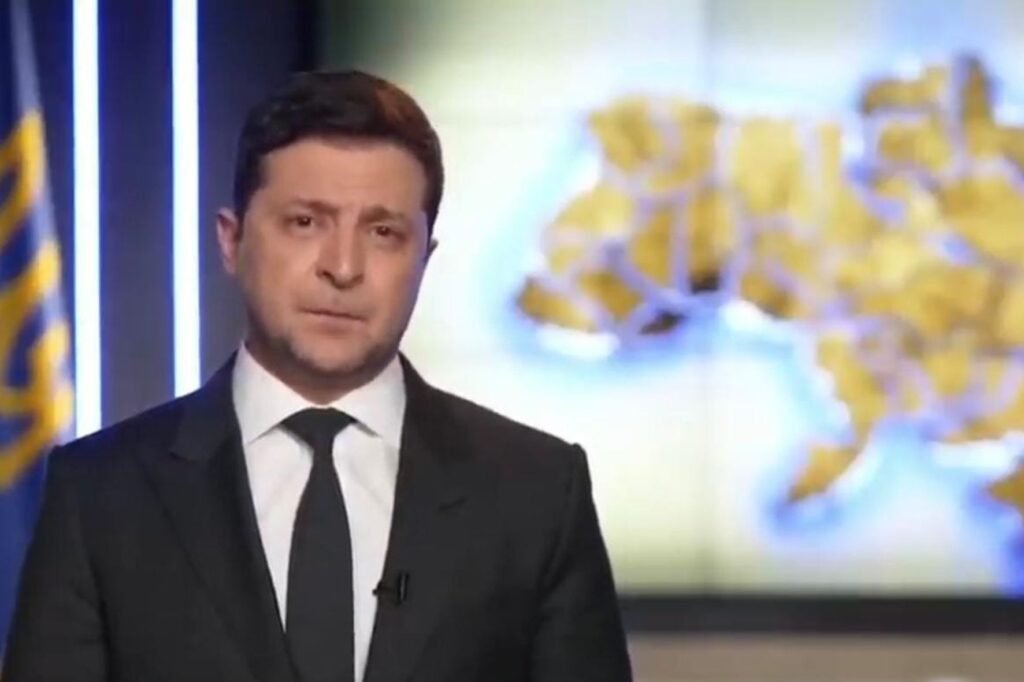Ukraine redefines its offensive: the new promise that worries Moscow and changes the course of the war

While the war in Ukraine enters a critical phase, an unexpected twist in Kiev’s military strategy has captured worldwide attention. The promise to increase the power and depth of attacks within Russian territory, made by commander Oleksandr Sirski, redefines Ukraine’s stance against Moscow. Below, we break down the keys to this announcement and its possible impact on a conflict that shows no signs of easing.
## A decision that raises pressure on Russia
Oleksandr Sirski, commander of, confirmed to journalists that Kiev will not only continue attacking targets within Russia but will also expand the magnitude and scope of these operations. According to his words, remaining in a purely defensive position only results in human and territorial losses, so the new directive aims to boldly strike the enemy’s military infrastructure.
The recent attack on Russian airfields, carried out thousands of kilometers from the border, demonstrates how this tactic is already in progress. Explosive drones evaded Russian surveillance and managed to destroy or disable key aircraft crucial to the Kremlin’s air capability. The operation, planned on the eve of supposed peace talks in Istanbul, showed Ukrainian determination to maintain the initiative despite Moscow’s material superiority.
## Technology, audacity, and a war that reinvents itself
The recent successes of deep bombing reflect the combination of technological innovation and a morale of resistance that has characterized Kiev’s troops since 2022. Commander Sirski emphasizes that these attacks strictly focus on military targets to limit collateral damage and retain international support.
However, Sirski acknowledges that retains a clear advantage in terms of resources and the production capacity of advanced drones. Fiber optic unmanned vehicles have been particularly difficult to intercept, testing Ukraine’s air defense. This technological race between both sides marks a new stage in the conflict, where each advance can redefine the balance of power.

## The front, diplomacy, and an uncertain horizon
Meanwhile, the ground remains an unstable battlefield. The Russian army maintains continuous offensives, achieving partial advances in sectors where Ukraine faces limitations in personnel and weaponry. Western sanctions, aimed at suffocating the Russian economy, have not prevented Moscow from bolstering its military industry or quickly replenishing war material.
In contrast, Kiev exhibits a resilience that surprises analysts and rivals alike. Surprise operations like the incursion in Kursk, where Ukraine managed to control hundreds of square kilometers within Russia, demonstrate the ability of its troops to adapt to changing scenarios. Although a subsequent Russian counteroffensive, reinforced by North Korean units, managed to regain part of the territory, Sirski assures that Kiev still holds strategic positions in the region.
Beyond Kursk: the war is redefined day by day
The commander has emphasized that, despite official Russian statements, his forces maintain about 90 square kilometers in Kursk, casting doubt on’s claim of total control of the area. This detail illustrates the volatile nature of the conflict: what is presented as a victory today could be reversed tomorrow.
With peace talks stalled and no date set for a new meeting, escalation seems inevitable. Sirski insists that only an offensive stance will prevent Ukraine from retreating and paying an even higher price in lives and territory.
Meanwhile, the world watches cautiously. The new Ukrainian tactics, combined with the intensification of attacks on Russian territory, could redefine not only the map of the war but also diplomatic negotiations that have so far failed to halt the biggest military crisis in Europe since World War II.
It is clear that for Ukraine, the only option is to resist and push further away from its own borders. The outcome of this strategy will shape the future of a conflict that continues to transform global geopolitics.
[Source: ]







